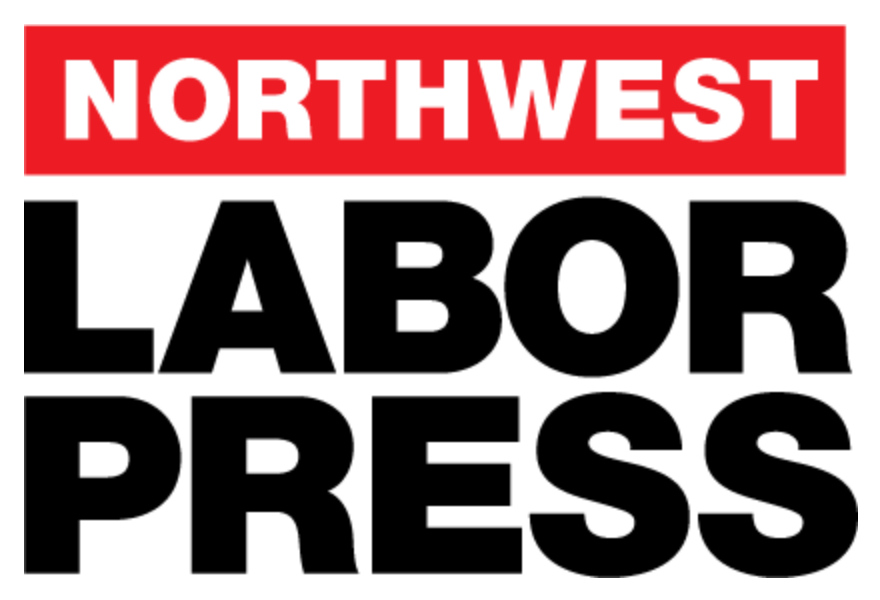Recently, we’ve seen countless articles discussing Oregon’s housing and worker shortage crisis. Many focus on long-term solutions, like reforming land use policies to build more housing or increasing funding for apprenticeship programs — policy ideas aimed at boosting the supply needed to meet demand. But one crucial issue has been overlooked in this conversation: wage theft in the construction industry. If we truly want to address our housing crisis and expand the workforce, we must face the reality of wage theft head-on and acknowledge a sad reality — that many of our construction sites across the state have become crime scenes, where trafficked workers are subjected to a complex contracting chain designed to avoid accountability.
Numerous national studies have shown that the construction industry, particularly in the residential sector, is a hotspot for abuse and exploitation. Even the Oregon Center for Public Policy reports that construction has the second-highest number of wage theft claims in the state relative to its workforce. This issue is further underscored by enforcement agencies’ actions in Oregon, such as the Department of Labor recovering nearly $1 million from four Oregon contractors who failed to pay workers proper wages, benefits, and overtime on federally funded projects or the Bureau of Labor and Industries (BOLI) settling a $193,000 wage theft case involving 26 workers in the construction industry.
These incidents aren’t isolated; they reveal a business model designed to exploit workers, relying on the fact that these schemes are constantly evolving.
The problem is so severe that BOLI has had to implement a policy that it will no longer investigate wage theft claims for workers earning over $53,000 a year. BOLI cited budget constraints and an overwhelming workload as reasons for the new policy. Revealing a clear sign that the current system cannot handle this issue alone — it requires public-private partnerships and innovative solutions.
If we continue to allow the construction industry to rely on a trafficked, cheated, and exploited workforce, we won’t be able to increase the number of skilled tradespeople we need to meet our state’s demands. This harms not only the workers but our communities and taxpayers as well, leading to broader issues like insurance premium fraud, tax evasion, and an overreliance on safety net programs. A UC Berkeley Labor Center report found that 43% of construction workers’ families in Oregon rely on safety net programs — costing the state and federal government $710 million annually. The Oregonian also reported on a scheme in which a check-cashing operator conspired with construction industry insiders to facilitate off-the-books payments, using fake construction companies to cash over $177 million in payroll checks — cheating workers, communities, and taxpayers along the way.
Under-the-table fraud and misclassification cost the state over $112 million each year — money that could go toward supporting essential public services like schools, roads, and public safety.
If we are serious about tackling housing and workforce shortages, we must protect workers and put an end to wage theft. A good starting point is supporting SB 426, which will hold all marketplace participants accountable for wage theft up and down the contracting chain. We can’t keep relying on the government to fix this problem alone. The industry itself must take responsibility and support contractors who treat their workers fairly. We can no longer tolerate shady labor brokers or dishonest contractors who are dragging down wages, creating a race to the bottom, and making the construction industry so unattractive that it increasingly turns away young people from careers in the trades. The solution to this problem starts with supporting SB 426.
Doug Hicks is regional manager of the Western States Regional Council of Carpenters.



